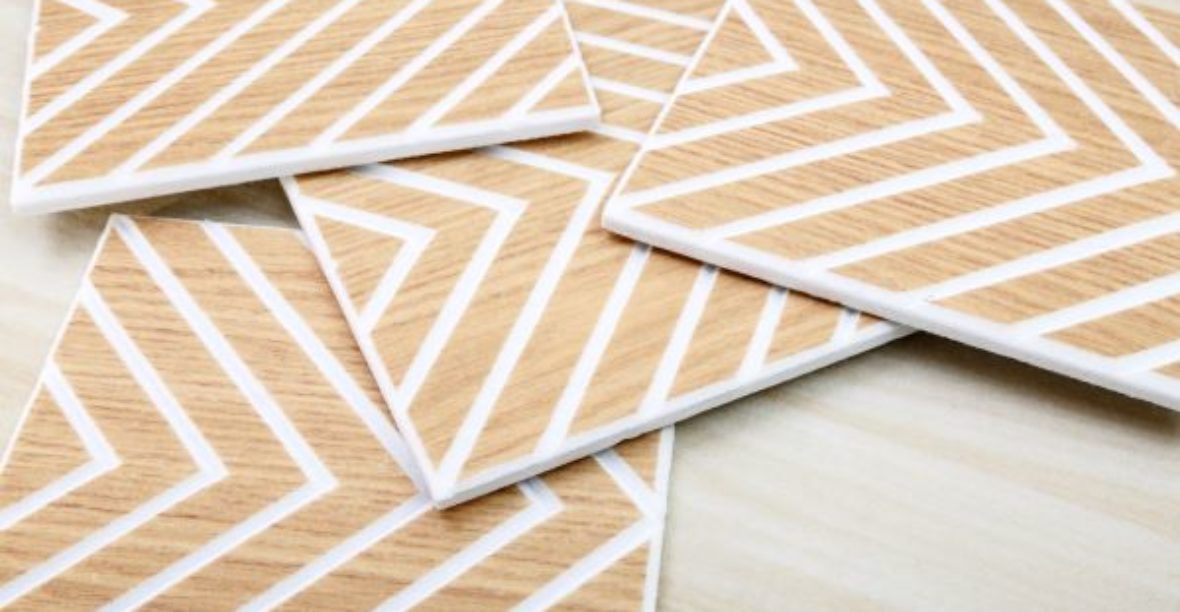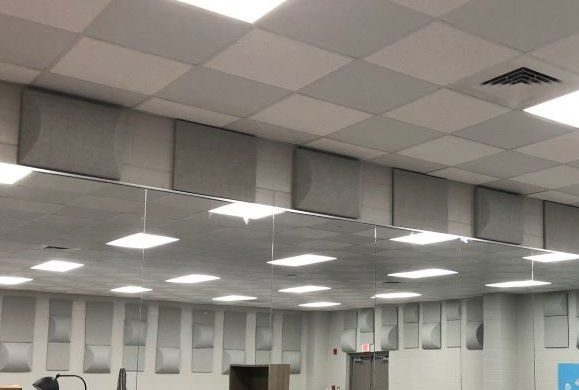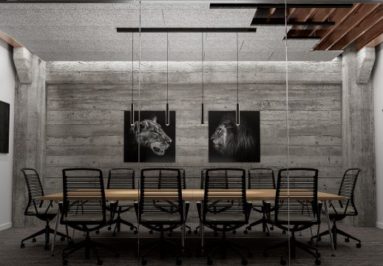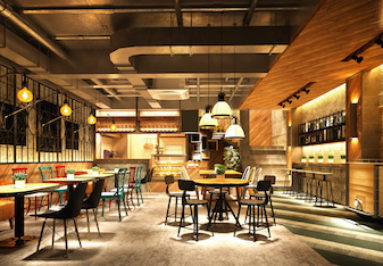Acoustic Panels are a must in most restaurants, worship centers, and other entertainment venues. However, they can sometimes be prohibitively expensive – if you don’t have sufficient cash to pay for the panels, then the acoustics in the space can suffer. We’ll show you how to make, and where to place DIY Decorative Acoustic Panels to improve the reverberation in your space.
Making Your Own Decorative Acoustic Panels
- Find Internal Filler: this should be NRC-rated, not just pillow stuffing or another soft porous material. We use NRC 1.05 dense fiberglass as the filler for our Custom Acoustical Panels.
- Wood Framing: Does not need to be heavy duty. Just enough to hold the fabric and internal filler in place.
- Acoustical Fabric: Pull taut over the assembled wood frame. If you’d like them to look good from the side as well, take your time folding the corners before stapling them in place.
- Staple and Seal: After making sure the fabric is pulled taut, staple it into place on the back of the panel. You’ll likely need a staple gun to get a strong seal between the fabric and the panel.
Where to Place Panels When Decorating
Our parent company, Commercial Acoustics, has gone into depth on how to hang acoustics panels, but we’ll just cover the basics here. However, feel free to check out the instructions with more technical reasoning:
Where to Place Acoustic Panels
Just follow these rules of them when hanging your DIY acoustic panels:
- Space out acoustic panels evenly whether you’re hanging them on the walls, ceilings, or both. If there are obstructions such as vents or outlets, you may have to break the symmetry, but try to change the placement as little as possible.
- Spread the panels out. They should not be all together in one section of a wall because they won’t be as effective.
- Don’t place acoustic panels too high on a wall or just on the ceiling. They should be near the middle of the wall, not too high and not too low.
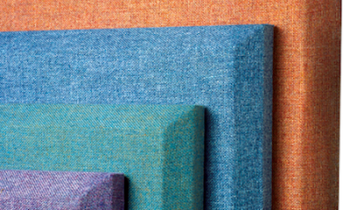
Why Use Absorption Panels
Whether your DIY acoustic panels are meant for your home or for your commercial space, you need to know their purpose. There are some misconceptions that acoustic panels help block sound, but they actually only absorb sound.
Absorptive materials such as acoustic panels are a necessity in spaces such as restaurants, but when was the last time you were in a restaurant that had plush carpeting? Restaurants will usually have tile or polished concrete floors because they’re much easier to clean and maintain, so this would be a space that needs acoustical panels.
Typically, panels are hung on the ceilings and as high on the wall as will keep them effective so that they blend into the space and won’t get food on them. They really help absorb echo from off of the chatter and improve speech intelligibility so you can talk comfortably with other dinner guests.
Decorative Home Soundproofing & Acoustics
If the panels are for your home, you’d want to use them if you had tile floors, high ceilings and loud people running around. Usually, furnishing your home with soft furniture could help with this, but for extra absorption the panels would be very effective.
However, commercial grade acoustic wall panels aren’t usually required in a normal sized home. In more grand homes, like mansions, some of the rooms are similar in size to a classroom or even a small restaurant. The larger the room is, the more likely it will require some high-quality acoustic panels, and not just DIY decorative acoustic treatments.
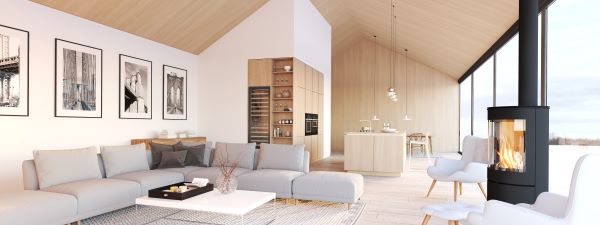
DIY acoustic panels are great for residential use because you can make them to match the other décor in your home. You may have been in someone’s house or a restaurant where they had panels, but you never noticed them. A lot of people choose a fabric that matches the wall color or you can even have the fabric printed on so it just looks like a picture.
DIY Decorative Acoustic Panels
We’ve gone over how to make your own decorative acoustic panels, where to hang them, and what situations to use them in. We hope you use these tips in your home or space to reduce unwanted noise, while keeping it decorative. Don’t forget that you can come to Soundproof Direct for you DIY soundproofing needs!

